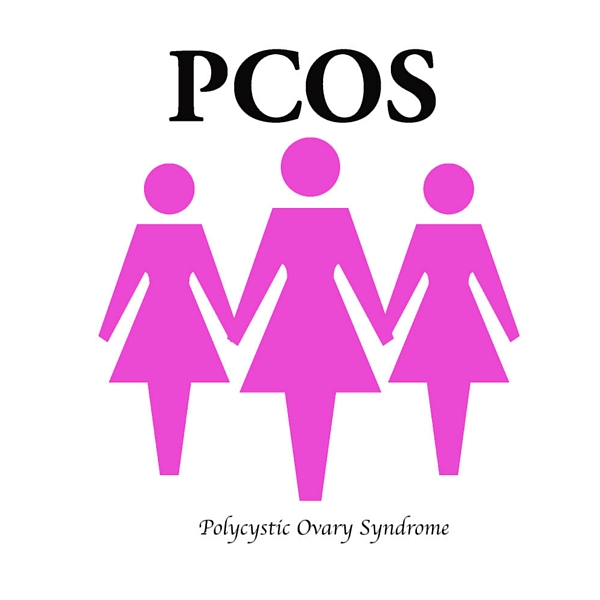|
The Skinny on PCOS in Non-Obese Women by Labrix
|
April 4, 2016 Puzzle Piece
With permission we are reprinting Labrix’s excellent article on PCOS.
They are our company of choice when we talk of salivary testing.
Polycystic
ovary syndrome (PCOS) is the most common endocrine disorder of
reproductive age women, affecting between 6 and 9 million women in the
US alone. While we typically think of women with PCOS as being
overweight or obese, women of all shapes and sizes can present with this
disorder.

According
to the Rotterdam criteria a diagnosis of PCOS can be made if two of the
following are present; oligo- or anovulation, hyperandrogenism (acne,
hirsutism, male-pattern hair growth) or polycystic ovaries on
ultrasound. Note that BMI is not a part of PCOS diagnosis, leading to
the question: When did body habitus come into the clinical thought
process surrounding PCOS?
This is easily explained by the degree of insulin
resistance and comorbid conditions seen in clinical practices. It is
well documented that obesity and PCOS go hand in hand. In fact,
elevations in blood insulin levels have been shown to act directly by
increasing ovarian production of androgens and indirectly by causing a
disordered release of FSH and LH leading to many of the physiologic
implications of PCOS.
The “typical” insulin resistance patient will present
with central adiposity as well as a BMI > 30, but this doesn’t mean
thin or non-obese women don’t suffer from the insulin resistance seen in
PCOS, but instead demonstrate a range of insulin resistance. This makes
sense as obesity takes time to develop, so will insulin resistance. In
fact, Dunaif et al, suggest beta-cell dysfunction as well as insulin
sensitivity plays a role in PCOS in both the obese and non-obese
population, with the obese population experiencing less insulin
sensitivity than the non-obese women studied with PCOS. Women with PCOS
“most commonly have postprandial dysglycemia” which is a reflection of
peripheral, mainly skeletal muscle, insulin resistance rather than
fasting dysglycemia that corresponds with increased endogenous glucose
production. Because of this, an oral glucose tolerance test may be used
to determine the degree of post prandial glucose tolerance seen in PCOS.
Hormone testing of a patient with suspected PCOS or
metabolic syndrome commonly demonstrates elevations in one or more
androgens (testosterone and DHEA). Elevations in androgens are
detectable in salivary hormone testing well before serum will detect
frank pathology. This simple and non-invasive test offers the potential
to catch PCOS/metabolic syndrome in its infancy and promptly initiate
treatment approaches that will profound impacts on patients’ health.
References:
- ACOG. (2011). 2011 Women's Health Stats and Facts [Brochure]. Author. Retrieved March 15, 2016, from https://www.acog.org/-/media/NewsRoom/MediaKit.pdf
- Dunaif A, Finegood DT. Beta-cell dysfunction independent of obesity and glucose intolerance in the polycystic ovary syndrome.
- Legro
RS, Kunselman AR, Dodson WC, Dunaif A 1999 Prevalence and predictors of
risk for type 2 diabetes mellitus and impaired glucose tolerance in
polycystic ovary syndrome: a prospective, controlled study in 254 women.
J Clin endocrinol Metab 84:165-169.
- Rizza
RA 2010 Pathogenesis of fasting and postprandial hyperglycemia in type 2
diabetes: implications for therapy. Diabetes 59:2697-2707.
|
|
Since the new research also points to insulin and fat storage problems leading to PCOS,
we focus on hormone balancing as this great article from Labrix points out and also on insulin control.
Here are some nutritional support products from OHS to compliment treatment:
Fat/Sugar/Trim 2 caps 3x a day between meals
Female +B 1 cap 3x a day w meals
Opti-Adrenal 1 cap 2x a day morning and night
Fruit & Veggie+ with 1 teaspoon flax seed oil 1 serving daily
Yours in Health and Wellness,
John W Brimhall, GA, BS, DC, FIAMA
(Only registered customers can rate)
There are no comments for this product.